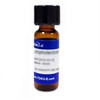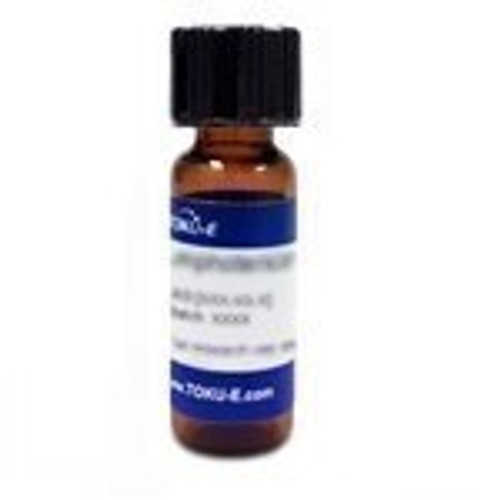Tenuazonic Acid is potent tetramic acid mycotoxin produced by several fungal genera, notably Alternaria. It exhibits antitumor, antiviral and antibacterial activity. It has phytotoxic and phytotoxic properties. It is a compound of interest in Alzheimer's disease research. Several methods exist for determining Tenuazonic Acid in food safety.
Tenuazonic Acid is soluble in DMF and DMSO, moderately soluble in methanol and ethanol but has poor water solubility.
| References |
Antony M et al (1991) Inhibition of mouse skin tumor promotion by Tenuazonic Acid. Antony M. et al. Cancer Lett. 61:21 |
| Spectrum |
Tenuazonic Acid is active against bacteria, viruses, and parasites. |
| Mechism of Action |
Tenuazonic Acid is a protein synthesis inhibitor. In plants, the product blocks the flow of electrons from QA to QB in photosystem II. Understanding its inhibitory mechanism in photosynthesis allows for the creation of new, more targeted herbicides. Although Alternaria toxins have significant toxicity, in vivo toxicological data are not available. |
| Plant Biology |
Tenuazonic Acid is a potent phytotoxicin and bio-herbicide, as it can block the photosynthetic pathway. It is toxic to various plants. |
| Microbiology Applications |
One study looking at natural compounds found Tenuazonic Acid to be a viable compound due to its anti-oxidative and acetylcholinesterase inhibiting properties. It has the ability to chelate heavy metals that contribute to oxidative stress (Piemontese et al, 2018). |
| References |
Piemontese L et al (2018) Natural scaffolds with multi-target activity for the potential treatment of Alzheimer's disease. Molecules. 29:23(9):2182 |







